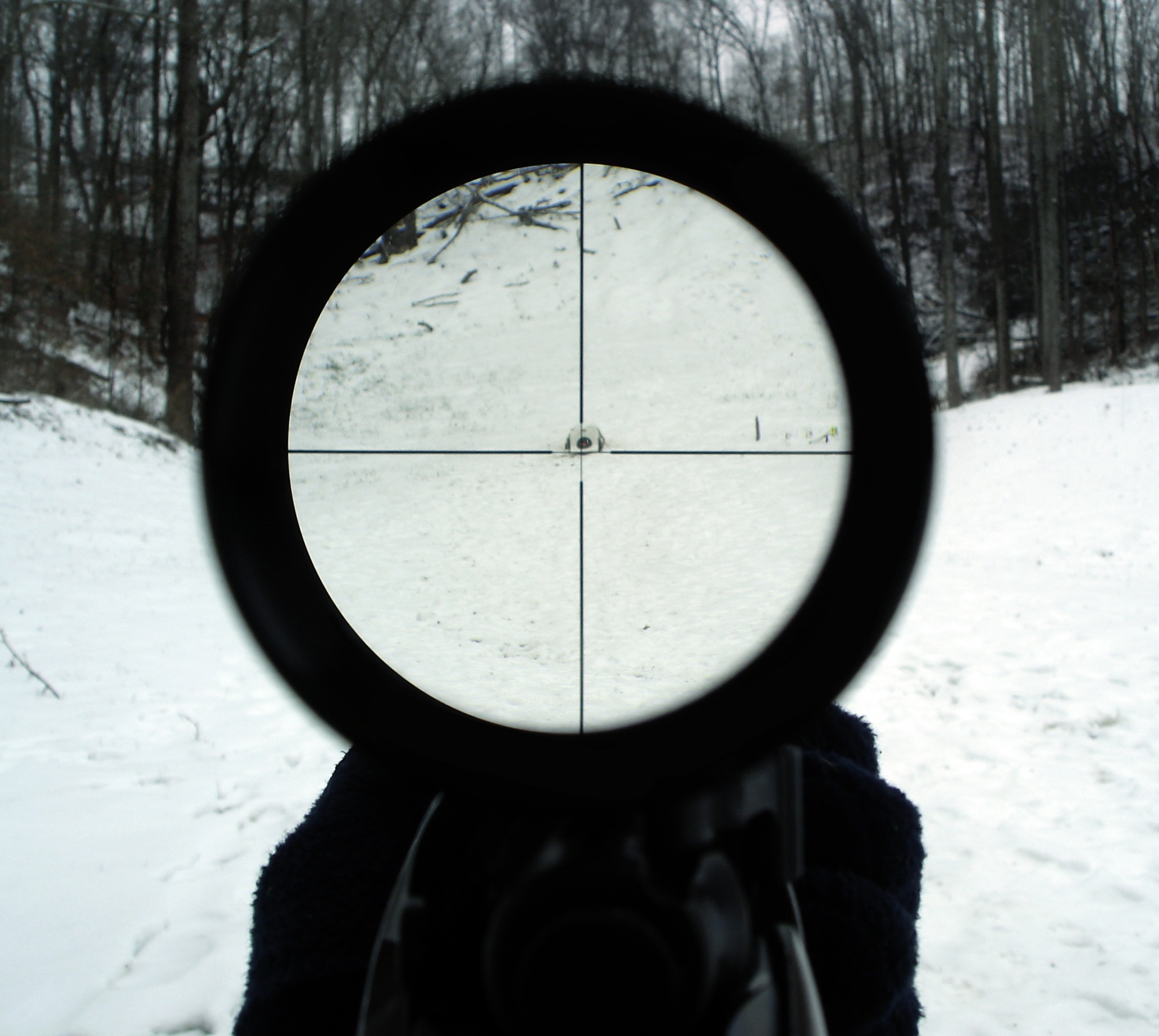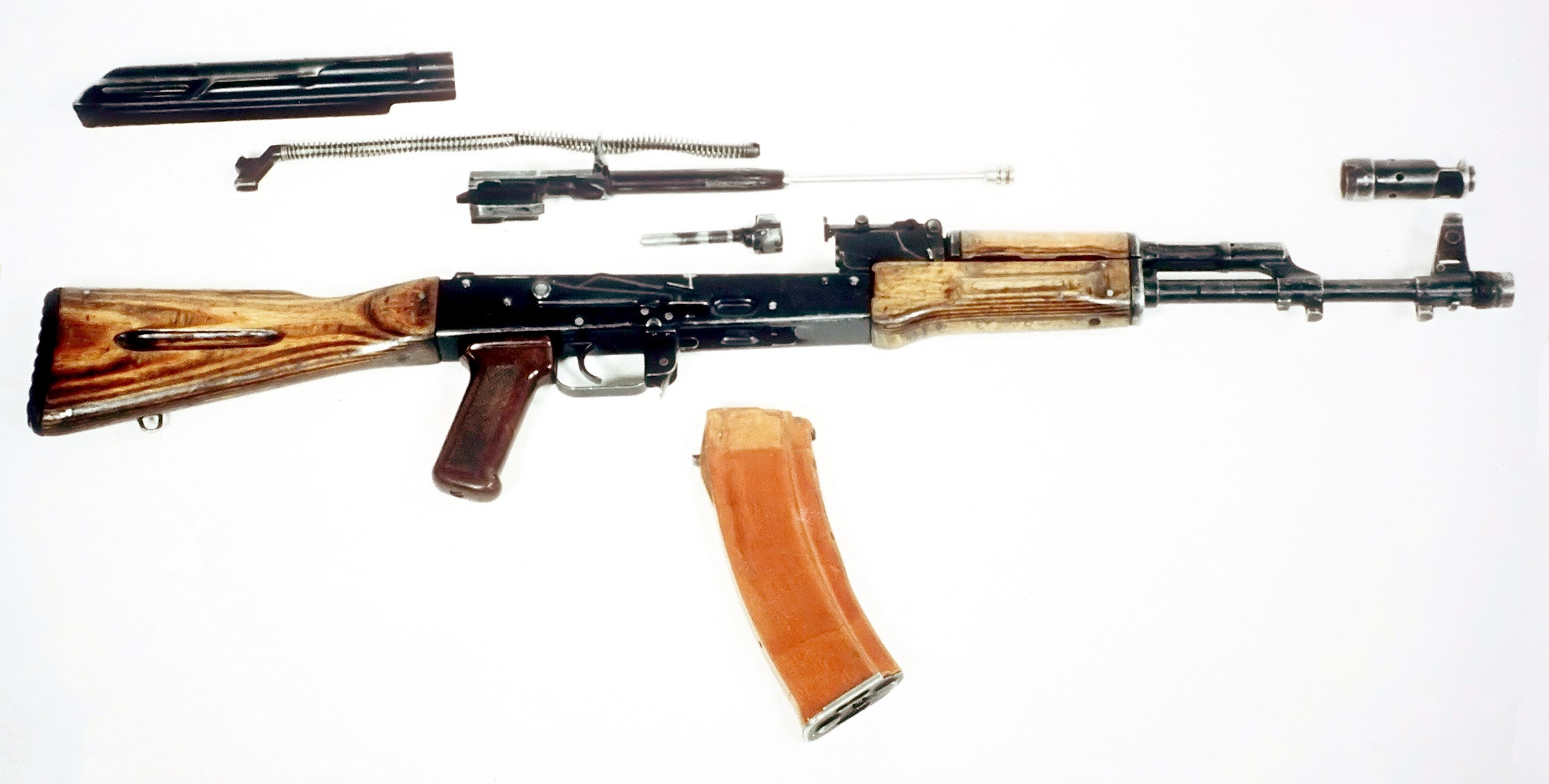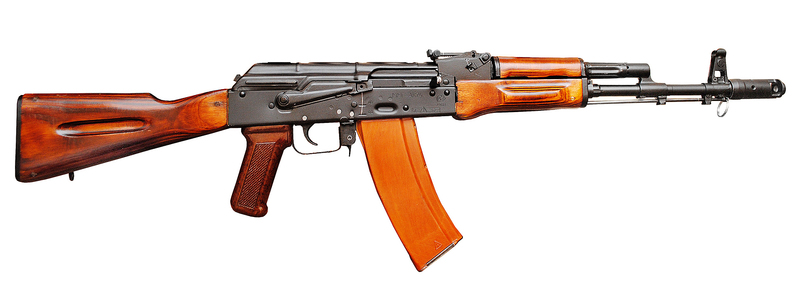|
100th Mechanized Brigade (Ukraine)
The 100th Separate Mechanized Brigade ( uk, 100 окрема механізована бригада, translit=100 okrema mekhanizovana bryhada), is a formation of the Ukrainian Ground Forces formed on 27 June 2018. The brigade was also a former territorial defense brigade until being reformed in late March 2024 as a Mechanized Brigade. History Formation In 2018, the brigade, known as the 100th Separate Brigade of the Territorial Defense Forces ( uk, 100-та окрема бригада територіальної оборони, translit=100-ta okrema bryhada teritorіalʹnoї oboroni), was formed in Volyn Oblast in order to serve as a defense unit for the area. According to the Ukrainian Territorial Defense Forces (Ukraine), Territorial Defense Forces, it was an important part of the Defense Forces, and helped to defend the country's independence. Reforms It was announced on 30 March 2024, by the brigade's press service, that the brigade was being reorganised under th ... [...More Info...] [...Related Items...] OR: [Wikipedia] [Google] [Baidu] |
Mechanized Infantry
Mechanized infantry are infantry units equipped with armored personnel carriers (APCs) or infantry fighting vehicles (IFVs) for transport and combat (see also mechanized force). As defined by the United States Army The United States Army (USA) is the land warfare, land military branch, service branch of the United States Armed Forces. It is one of the eight Uniformed services of the United States, U.S. uniformed services, and is designated as the Army o ..., mechanized infantry is distinguished from motorized infantry in that its vehicles provide a degree of armor protection and armament for use in combat, whereas motorized infantry are provided with "soft-skinned" wheeled vehicles for transportation only.Infantry Division Transportation Battalion and Transportation, Tactical Carrier Units. (1962). United States: Headquarters, Department of the Army. p. 15 Most APCs and IFVs are fully tracked or are all-wheel drive vehicles (6×6 or 8×8), for mobility across rough ... [...More Info...] [...Related Items...] OR: [Wikipedia] [Google] [Baidu] |
Insignia
An insignia () is a sign or mark distinguishing a group, grade, rank, or function. It can be a symbol of personal power or that of an official group or governing body. On its own, an insignia is a sign of a specific or general authority and is usually made of metal or fabric. Together, insignias form a decoration with the different elements of a rank, grade, or dignity. There are many types of insignia, including civil and military decorations, crowns, emblems, and coats of arms. Singular/plural "Insignia" can be used either as a plurale tantum word, i.e. unchanged for both singular and plural, or it can take the plural form "insignias", both equally valid options. The singular "insigne" is rarely used. History The use of insignias predates history, both for personal and group (especially military) use. When the insignia was meant to be seen, it was placed at top of a pole or the head of a spear. The Persians used a golden eagle as an insignia, the Assyrians a dove, and the ... [...More Info...] [...Related Items...] OR: [Wikipedia] [Google] [Baidu] |
M14 Rifle
The M14 rifle, officially the United States Rifle, Caliber 7.62 mm, M14, is an American selective fire battle rifle chambered for the 7.62×51mm NATO (.308 in) cartridge. It became the standard-issue rifle for the U.S. military in 1959, replacing the M1 Garand rifle in service with the U.S. Army by 1958 and the U.S. Marine Corps by 1965. The M14 was used by the U.S. Army, Navy, and Marine Corps for Basic and Advanced Individual Training (AIT) from the mid-1960s to the early 1970s. The M14 was the last American battle rifle issued in quantity to U.S. military personnel. In 1967, it was officially replaced by the M16 assault rifle, a lighter weapon with a smaller, intermediate cartridge. The M14 rifle remains in limited service across all branches of the U.S. military, with variants used as sniper and designated marksman rifles, accurized competition weapons, and ceremonial weapons by honor guards, color guards, drill teams and ceremonial guards. Civilian semi-au ... [...More Info...] [...Related Items...] OR: [Wikipedia] [Google] [Baidu] |
RPK-74
The RPK (russian: Ручной пулемёт Калашникова/РПК, Ruchnoy Pulemyot Kalashnikova, link=no, English: "Kalashnikov hand-held machine gun"), sometimes retroactively termed the RPK-47, is a Soviet 7.62×39mm light machine gun that was developed by Mikhail Kalashnikov in the early 1960s, in parallel with the AKM assault rifle. It was created to standardize the small arms inventory of the Soviet Army, where it replaced the 7.62×39mm RPD light machine gun. The RPK continues to be used by the armed forces of countries of the former Soviet Union and certain African and Asian nations. The RPK is also manufactured in Bulgaria, Romania and Serbia. Design details Operating mechanism The RPK functions identically to the AK-47. It also uses the same 7.62×39mm ammunition. It has a similar design layout to the Kalashnikov series of rifles, with modifications to increase the RPK's effective range and accuracy, enhance its sustained fire capability, and strength ... [...More Info...] [...Related Items...] OR: [Wikipedia] [Google] [Baidu] |
PK Machine Gun
The PK (russian: Пулемёт Калашникова, transliterated as ''Pulemyot Kalashnikova'', or "Kalashnikov's machine gun"), is a belt-fed general-purpose machine gun, chambered for the 7.62×54mmR rimmed cartridge. Designed in the Soviet Union and currently in production in Russia, the original PK machine gun was introduced in 1961 and the improved PKM variant was introduced in 1969. The PKM was designed to replace the SGM and RP-46 machine guns that were previously in Soviet service. The weapon remains in use as a front-line infantry and vehicle-mounted weapon with Russia's armed forces and has also been exported extensively and produced in several other countries under license. History The Main Artillery Directorate of the Soviet Union (GRAU) adopted specification requirements for a new 7.62 mm general-purpose company and battalion-level machine gun that was to be chambered for a rifle cartridge in 1955. In 1958 a machine gun prototype, developed by G.I. ... [...More Info...] [...Related Items...] OR: [Wikipedia] [Google] [Baidu] |
Grenade Launcher
A grenade launcher is a weapon that fires a specially-designed large-caliber projectile, often with an explosive, smoke or gas warhead. Today, the term generally refers to a class of dedicated firearms firing unitary grenade cartridges. The most common type are man-portable, shoulder-fired weapons issued to individuals, although larger crew-served launchers are issued at higher levels of organisation by military forces. Grenade launchers can either come in the form of standalone weapons (either single-shot or repeating) or attachments mounted to a parent firearm, usually a rifle. Larger crew-served automatic grenade launchers such as the Mk 19 are mounted on tripods or vehicles. Some armored fighting vehicles also mount fixed arrays of short range, single-shot grenade launchers as a means of defense. History Early precursors The earliest devices which could be referred to as grenade launchers were slings, which could be used to throw early ''grenado'' fuse bombs. Th ... [...More Info...] [...Related Items...] OR: [Wikipedia] [Google] [Baidu] |
GP-25
The GP-25 ''Kostyor'' ("Bonfire"), GP-30 ''Obuvka'' ("Footwear") and GP-34 are a family of Russian 40 mm under-barrel grenade launchers (''Granatomyot Podstvolnyj'') for the AK family of assault rifles. They were first seen by the West in 1984 during the Soviet Invasion of Afghanistan. The GP-30 was lightened and the redesigned sighting system was moved to the right. The current Izhmash-made version, the GP-34, has an again redesigned sighting system on the right and features the following advantages: * Reliability: It is designed and tested specifically for the Kalashnikov assault rifles, fits such assault rifles directly without any adaptors or forearm dismantling. * Improved safety: The design prevents a round from moving within or falling out of the barrel, even if the muzzle is pointed down. The GP-34 features an additional mechanism (firing pin safety lever) to improve safety during loading. Development Development of a grenade launcher for the AKM assault rifle ... [...More Info...] [...Related Items...] OR: [Wikipedia] [Google] [Baidu] |
Telescopic Sights
A telescopic sight, commonly called a scope informally, is an optical sighting device based on a refracting telescope. It is equipped with some form of a referencing pattern – known as a '' reticle'' – mounted in a focally appropriate position in its optical system to provide an accurate point of aim. Telescopic sights are used with all types of systems that require magnification in addition to reliable visual aiming, as opposed to non-magnifying iron sights, reflector (reflex) sights, holographic sights or laser sights, and are most commonly found on long-barrel firearms, particularly rifles, usually via a scope mount. The optical components may be combined with optoelectronics to add night vision or smart device features. History The first experiments directed to give shooters optical aiming aids go back to the early 17th century. For centuries, different optical aiming aids and primitive predecessors of telescopic sights were created that had practical ... [...More Info...] [...Related Items...] OR: [Wikipedia] [Google] [Baidu] |
AK-74
The AK-74 ( Russian: , tr. ''Avtomat Kalashnikova obraztsa 1974 goda'', lit. 'Kalashnikov assault rifle model 1974) is an assault rifle designed by small arms designer Mikhail Kalashnikov in 1974. While primarily associated with the Soviet Union, it has been used by multiple states throughout the 20th century and onwards. It is chambered for the 5.45×39mm cartridge, which replaced the 7.62×39mm cartridge of Kalashnikov's earlier automatic weapons for the Soviet armed forces. The rifle first saw service with Soviet forces in the Afghanistan conflict from 1979 onwards. The head of the Afghan bureau of the Inter-Services Intelligence (ISI), the intelligence agency of Pakistan, claimed that America's Central Intelligence Agency (CIA) paid $5,000 for the first AK-74 captured by the Afghan mujahideen during the Afghan-Soviet War. , most countries of the former Soviet Union use the rifle. Licensed copies were produced in Bulgaria (AK-74, AKS-74 and AKS-74U), and in the form ... [...More Info...] [...Related Items...] OR: [Wikipedia] [Google] [Baidu] |
Kalashnikov Rifle
A Kalashnikov (Калашников) rifle is any one of a series of automatic rifles based on the original design of Mikhail Kalashnikov. They are officially known in Russian as "Avtomát Kaláshnikova" ( rus, Автома́т Кала́шникова, t=Kalashnikov's Automatic Gun), but are widely known as Kalashnikovs, AKs, or in Russian slang, a "Kalash". They were originally manufactured in the Soviet Union, primarily by Kalashnikov Concern, formerly Izhmash, but these rifles and their variants are now manufactured in many other countries. The Kalashnikov is one of the most widely used guns in the world, with an estimated 72 million rifles in global circulation. Types The original Kalashnikov rifles and their derivatives, as produced in the Soviet Union and later the Russian Federation. Variants Original AK variants ( 7.62×39mm) * Issue of 1948/49 – The very earliest models, with the Type 1 stamped sheet metal receiver, are now very rare. * Issue of 1951 � ... [...More Info...] [...Related Items...] OR: [Wikipedia] [Google] [Baidu] |
Small Arms
A firearm is any type of gun designed to be readily carried and used by an individual. The term is legally defined further in different countries (see Legal definitions). The first firearms originated in 10th-century China, when bamboo tubes containing gunpowder and pellet projectiles were mounted on spears to make the portable fire lance, operable by a single person, which was later used effectively as a shock weapon in the Siege of De'an in 1132. In the 13th century, fire lance barrels were replaced with metal tubes and transformed into the metal-barreled hand cannon. The technology gradually spread throughout Eurasia during the 14th century. Older firearms typically used black powder as a propellant, but modern firearms use smokeless powder or other propellants. Most modern firearms (with the notable exception of smoothbore shotguns) have rifled barrels to impart spin to the projectile for improved flight stability. Modern firearms can be described by their caliber ... [...More Info...] [...Related Items...] OR: [Wikipedia] [Google] [Baidu] |
115th Mechanized Brigade (Ukraine)
The 115th Mechanized Brigade () is a brigade of the Ukrainian Ground Forces formed in 2022. History The brigade was created at the beginning of March 2022 during the first weeks of the Russian invasion in the village of Blagodatny, Cherkassy. On April 3, its first deployment for a combat mission started in Kreminna, then from May to July the brigade fought in Battles of Sievierodonetsk and Lysychansk, Siversk, Marinka and Avdiivka. Structure As of 2023 the brigade's structure is as follows: * 115th Mechanized Brigade, Cherkasy Oblast Cherkasy Oblast ( uk, Черка́ська о́бласть, Cherkaska oblast, ), also referred to as Cherkashchyna ( uk, Черка́щина, ) is an oblast (province) of central Ukraine located along the Dnieper River. The administrative ce ... ** Headquarters & Headquarters Company ** 1st Mechanized Battalion ** 2nd Mechanized Battalion ** 3rd Mechanized Battalion ** Tank Battalion ** Anti-Tank Guided Missiles Artillery Battery ** An ... [...More Info...] [...Related Items...] OR: [Wikipedia] [Google] [Baidu] |


_(7414626342).jpg)


.jpg)




